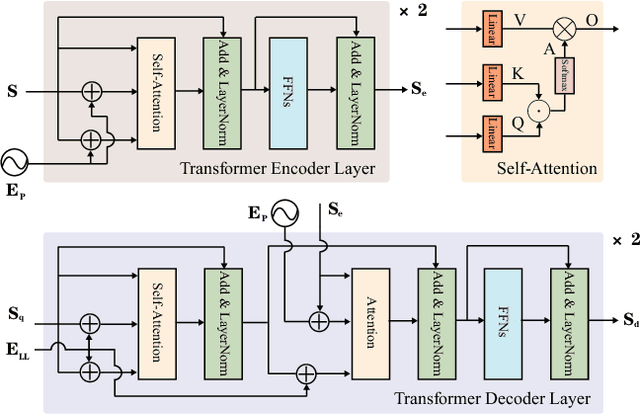End-to-end Lane Shape Prediction with Transformers
Paper and Code
Nov 09, 2020



Lane detection, the process of identifying lane markings as approximated curves, is widely used for lane departure warning and adaptive cruise control in autonomous vehicles. The popular pipeline that solves it in two steps---feature extraction plus post-processing, while useful, is too inefficient and flawed in learning the global context and lanes' long and thin structures. To tackle these issues, we propose an end-to-end method that directly outputs parameters of a lane shape model, using a network built with a transformer to learn richer structures and context. The lane shape model is formulated based on road structures and camera pose, providing physical interpretation for parameters of network output. The transformer models non-local interactions with a self-attention mechanism to capture slender structures and global context. The proposed method is validated on the TuSimple benchmark and shows state-of-the-art accuracy with the most lightweight model size and fastest speed. Additionally, our method shows excellent adaptability to a challenging self-collected lane detection dataset, showing its powerful deployment potential in real applications. Codes are available at https://github.com/liuruijin17/LSTR.
 Add to Chrome
Add to Chrome Add to Firefox
Add to Firefox Add to Edge
Add to Edge